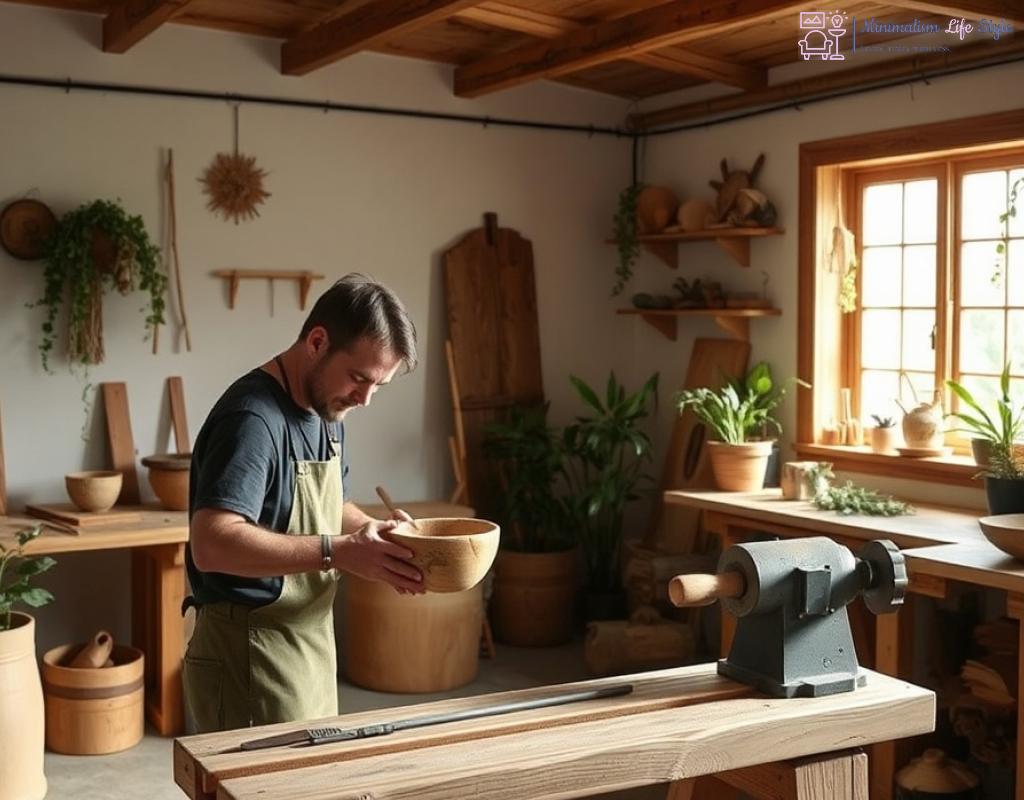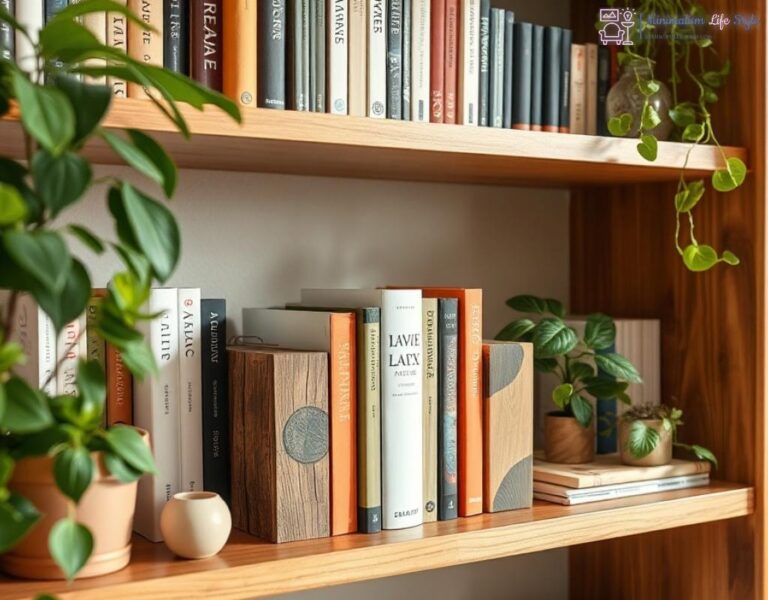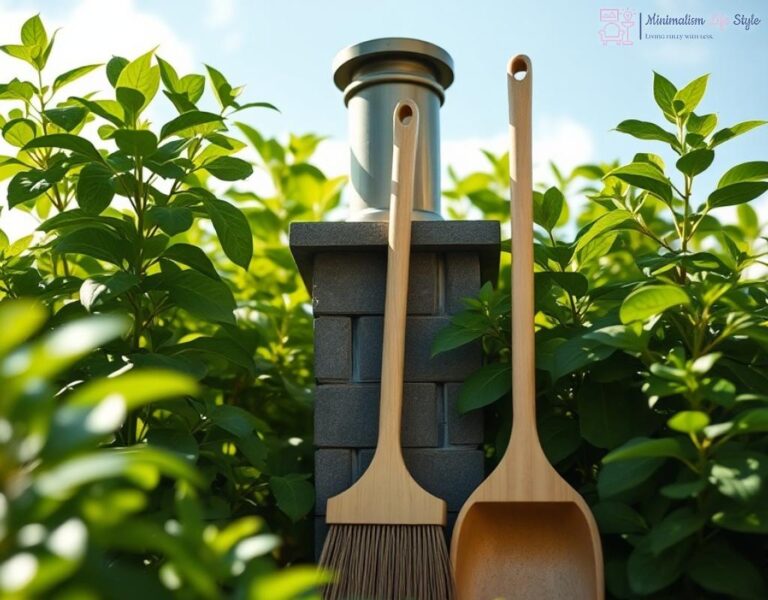Choosing Sustainable Woods for Bowl Turning
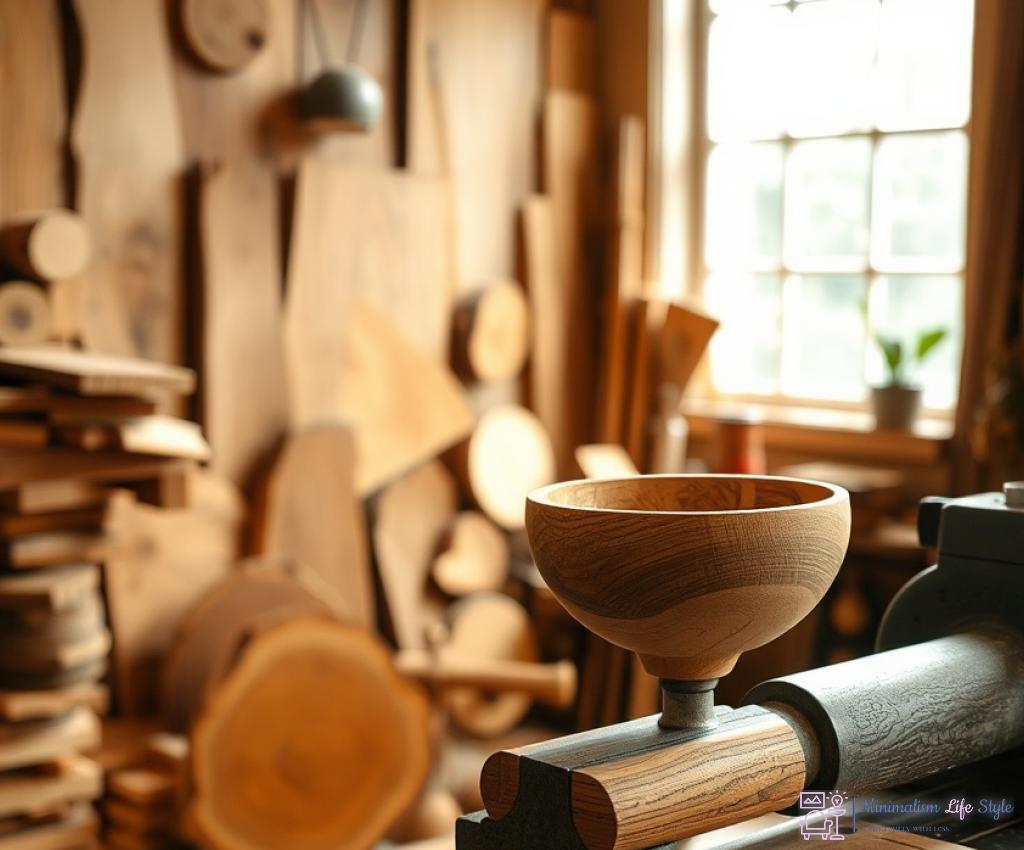
In today’s world, where environmental concerns dominate discussions, choosing sustainable materials for woodworking has become a crucial aspect of responsible craftsmanship. For bowl turners, this choice is not merely about aesthetics; it’s about supporting ecosystems, preserving natural resources, and ensuring that the beauty of wood can be enjoyed for generations to come. But how do you navigate the myriad of options available? Let’s explore the best practices in selecting sustainable woods for your bowl turning projects.
When considering woods for bowl turning, it’s essential to understand what makes a wood species sustainable. Sustainable woods are typically harvested in a manner that maintains the ecological balance, promoting the health of forests and their biodiversity. Here are some key characteristics to look for:
- Renewable Sources: Woods that come from responsibly managed forests.
- Low Environmental Impact: Species that require minimal chemical treatment and have a lower carbon footprint.
- Endangered Species Avoidance: Choosing woods that are not on the endangered species list ensures that your work does not contribute to the depletion of valuable forest resources.
To assist you in making informed decisions, we’ve compiled a list of some of the top sustainable wood choices for bowl turning. Each option not only offers unique characteristics and beauty but also aligns with eco-friendly practices.
| Wood Type | Sustainability Rating | Characteristics |
|---|---|---|
| Maple | High | Durable, fine grain; great for detailed work. |
| Cherry | Moderate | Rich color, smooth finish; ages beautifully. |
| Bamboo | Very High | Fast-growing, lightweight; an excellent alternative. |
| Walnut | Moderate | Luxurious dark tone; popular for decorative pieces. |
| Beech | High | Strong, versatile; great for functional bowls. |
By choosing woods that are responsibly sourced and sustainably harvested, you are not just making a choice for your craftsmanship; you are contributing to a larger movement towards sustainability in woodworking. The beauty of your creations will resonate with the values of those who appreciate both art and nature, making each bowl not just a piece of art, but a statement of environmental consciousness.
Essential Tools for Eco-Friendly Woodworking
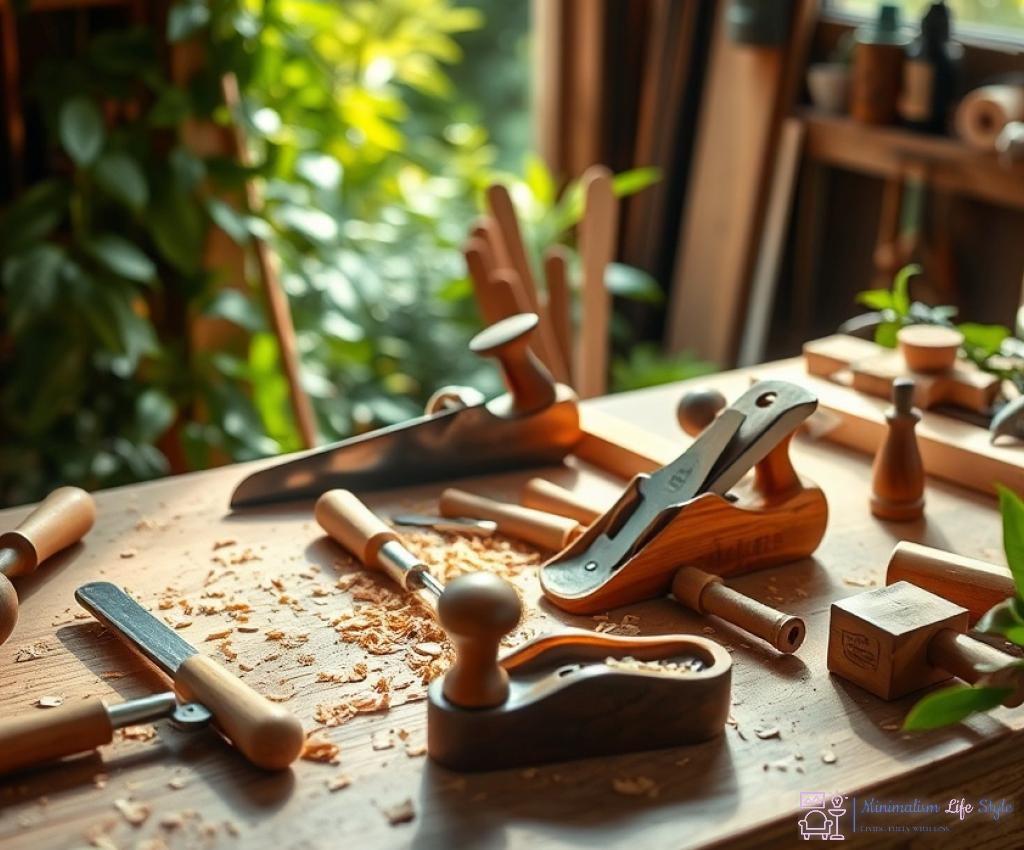
In the world of sustainable woodworking, the tools you choose can significantly impact not only the quality of your work but also the environment. Opting for eco-friendly tools aligns with the principles of minimalism by reducing waste and emphasizing quality over quantity. Let’s delve into the essential tools that will empower you to create beautiful bowls while maintaining a commitment to sustainability.
When selecting tools for your bowl turning projects, it’s crucial to focus on high-quality, durable options that will stand the test of time. This approach not only minimizes the need for replacements but also reduces waste in the long run. Below are some indispensable tools that every eco-conscious bowl turner should consider adding to their workshop:
- Lathe: A reliable lathe is the heart of any bowl turning project. Look for models made from sustainable materials and those that offer energy-efficient operation.
- Chisels and Gouges: Invest in high-quality, ergonomic chisels crafted from recycled or eco-friendly materials. These tools are essential for achieving precise cuts and finishes.
- Sandpaper: Choose sandpaper made from natural or recycled materials to ensure that your finishing touches are as sustainable as the wood itself.
- Finish and Sealants: Opt for non-toxic, eco-friendly finishes that protect your work without harming the environment. Look for products that are certified organic or derived from natural sources.
To further enhance your commitment to sustainability, proper maintenance of your tools is vital. Regular upkeep not only prolongs the life of your tools but also ensures optimal performance. Here are some practical tips:
- Regular Cleaning: Keep your tools free from debris and residue to maintain their effectiveness.
- Sharpening: Regularly sharpen your chisels and gouges to ensure clean cuts, which will ultimately reduce waste.
- Storage: Store your tools in a dry, protected environment to prevent rust and degradation.
By investing in essential tools that are both high-quality and eco-friendly, you can elevate your bowl turning craft while remaining true to your sustainable values. Each piece you create not only embodies your artistic vision but also reflects a commitment to preserving our planet for future generations.
Techniques for Minimal Waste in Bowl Turning
As the world of woodworking evolves, so does the consciousness surrounding waste reduction. For bowl turners, embracing techniques that minimize waste is not just a trend but a vital step towards sustainable craftsmanship. By adopting innovative methods, artisans can enhance their creations while ensuring that their ecological footprint remains small. Let’s explore some effective strategies that can help you achieve minimal waste in your bowl turning endeavors.
One of the most effective ways to reduce waste is by optimizing the use of your wood. Before you start your project, take the time to plan your cuts meticulously. This involves visualizing the final product and determining the most efficient way to use the entire piece of wood. Consider the grain pattern and potential defects in the wood, as these factors can influence your design. By carefully mapping out your cuts, you can utilize as much of the wood as possible, leaving little behind.
In the world of sustainable bowl turning, offcuts should never be seen as mere scraps. Instead, these leftover pieces can be transformed into beautiful, functional items. Consider using offcuts to create smaller bowls, coasters, or even decorative elements. This not only ensures that you are making the most of your materials but also allows you to experiment with different designs and techniques. By giving new life to these remnants, you contribute to a circular economy and reduce the amount of waste generated in your workshop.
Finishing techniques can significantly impact the amount of waste generated during bowl turning. Traditional methods often involve excessive sanding and application of finishes that can be harmful to the environment. Instead, consider using natural oils or eco-friendly finishes that require less application and minimal sanding. Additionally, employing techniques such as burnishing can provide a smooth surface without the need for harsh abrasives. By adopting these finishing methods, you not only enhance your craftsmanship but also align with sustainable practices that prioritize the health of our planet.
Finishing Options That are Kind to the Planet
In the realm of sustainable woodworking, finishing options play a pivotal role in ensuring that your bowls not only look stunning but also align with eco-friendly practices. Selecting the right finish can enhance the natural beauty of your wood while minimizing environmental impact. With a range of products available, understanding which options are both effective and sustainable is essential for any conscientious bowl turner.
When it comes to finishing your wooden creations, the market is filled with choices that can either benefit or harm the environment. Eco-friendly finishes are typically derived from natural resources and free from toxic chemicals, making them a smart choice for both your health and the planet. Natural oils, such as linseed or tung oil, are fantastic options that not only protect the wood but also enhance its grain and texture. These oils penetrate deeply, providing a durable finish while being biodegradable. Additionally, they require minimal processing, thereby reducing their carbon footprint.
Another noteworthy option is water-based finishes, which have gained popularity due to their low volatile organic compounds (VOCs). These finishes dry quickly and are less harmful to the environment compared to solvent-based alternatives. The application process is user-friendly, allowing for easy clean-up with soap and water. Plus, water-based finishes come in various sheens, giving bowl turners the flexibility to achieve the desired look without compromising on sustainability. While they may require more frequent reapplication, the benefits far outweigh the drawbacks, especially for artisans committed to eco-friendly practices.
Finally, consider incorporating finishing techniques that reduce waste and enhance sustainability. Burnishing, for instance, is a method that uses friction to create a smooth surface without the need for harsh abrasives or excessive sanding. This technique not only saves time but also minimizes the amount of material wasted. Additionally, by utilizing scraps and offcuts to test finishes, you ensure that every drop of product is used efficiently, further contributing to a more sustainable approach in your workshop.
Incorporating Upcycled Materials into Your Projects
In the quest for sustainable craftsmanship, upcycling has emerged as a powerful strategy that not only reduces waste but also adds a unique character to your creations. For bowl turners, incorporating upcycled materials into projects opens up a world of possibilities, transforming discarded items into stunning works of art. This approach not only aligns with eco-friendly practices but also showcases creativity, making each piece a testament to resourcefulness. By using upcycled materials, artisans can tell a story through their work, highlighting the journey of the materials while promoting a sustainable mindset.
Every workshop has remnants—pieces of wood that are too small for traditional projects or items that have seen better days. Instead of relegating these materials to the scrap heap, consider their potential for bowl turning. Upcycling unused wood not only reduces waste but also allows for the creation of one-of-a-kind bowls that carry unique textures and patterns. Imagine crafting a bowl from an old wooden chair or repurposing a fallen branch from your garden; these transformations imbue each piece with a sense of history and individuality.
Moreover, the process of working with upcycled wood can foster innovation. It encourages bowl turners to think outside the box, exploring shapes and designs that may not have been considered with conventional materials. This creative freedom can lead to stunning results, where imperfections become features, and the natural beauty of the wood shines through.
Beyond wood, the world of upcycling invites you to explore various materials, enabling you to create visually captivating and functional pieces. Combining wood with other upcycled elements, such as metal or glass, can elevate your bowl turning projects to new heights. Imagine a bowl that blends the warmth of wood with the sleekness of glass; such a combination not only enhances the aesthetic appeal but also underscores a commitment to sustainability.
As you embark on incorporating upcycled materials, consider the story behind each item. The history of the materials used can add depth to your creations, making them more than just functional objects but rather conversation starters that resonate with eco-conscious consumers. This narrative aspect can be a significant selling point, allowing potential buyers to connect emotionally with your work, knowing they are supporting a sustainable practice.

